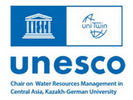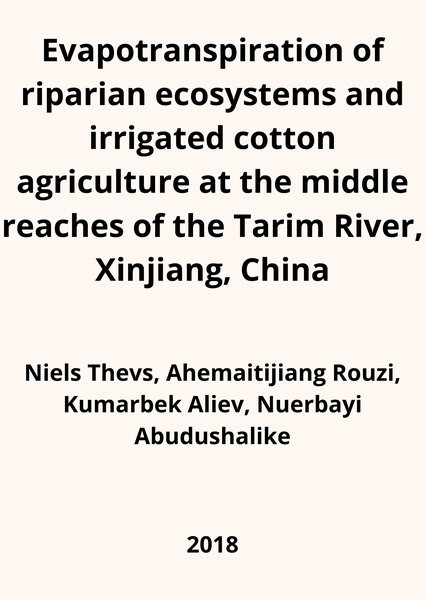




Year: 2018
Collections: Scientific Publications
Topics: Water
Authors: Thevs Niels, Aliev Kumar, Rouzi Ahemaitijiang, Abudushalike Nuerbayi
Countries: China
Source: Central Asian Journal of Water Research
Downloads:
In the steppes, semi-deserts, and deserts of Central Asia the most productive ecosystems are riparian ecosystems like forests and shrublands. Rivers also serve as the water source for irrigation so that the major settlements and oases of the region are located near those rivers. Natural ecosystems and irrigated agriculture compete for space and water along those rivers. Expansion of irrigated agriculture resulted in water shortages along the rivers of Central Asia and degradation of natural ecosystems. The Tarim Basin, in Xinjiang, China, which covers an area of 1.02 million km², is home to a population of about 9.5 million people, and has turned into the world’s most important cotton production region with a total annual cotton lint production of 2.1 million tonnes, i.e. 8.85% of the world production, in 2010. The Tarim Basin also harbours 54% (352,200 ha) of the world’s riparian Populus euphratica Oliv. forests. The objective of this paper is to determine the actual evapotranspiration (ETa) of cotton as major crop and of the natural vegetation along the Tarim River. Among the natural vegetation, the focus is on Populus euphratica forests and Tamarix dominated shrub vegetation as the major natural ecosystems. The actual evapotranspiration was determined with the Bowen Ratio approach. Reference evapotranspiration (ETo) and crop coefficients (Kc) were calculated using the Penman-Monteith-approach. The summed ETo of the three sites investigated was from 1122 mm to 1280 mm for the growing season. The ETa sums of cotton, Populus euphratica forest, and Tamarix shrub vegetation were 489 mm, 879 mm, and 410 mm, respectively. Kc of cotton ranged between 0.30 and 0.62, thus much lower than in the FAO guidelines. This can be explained by improved varieties, drip irrigation, and plastic mulch.
По всем вопросам сотрудничества обращайтесь по эл.адресу или телефону: